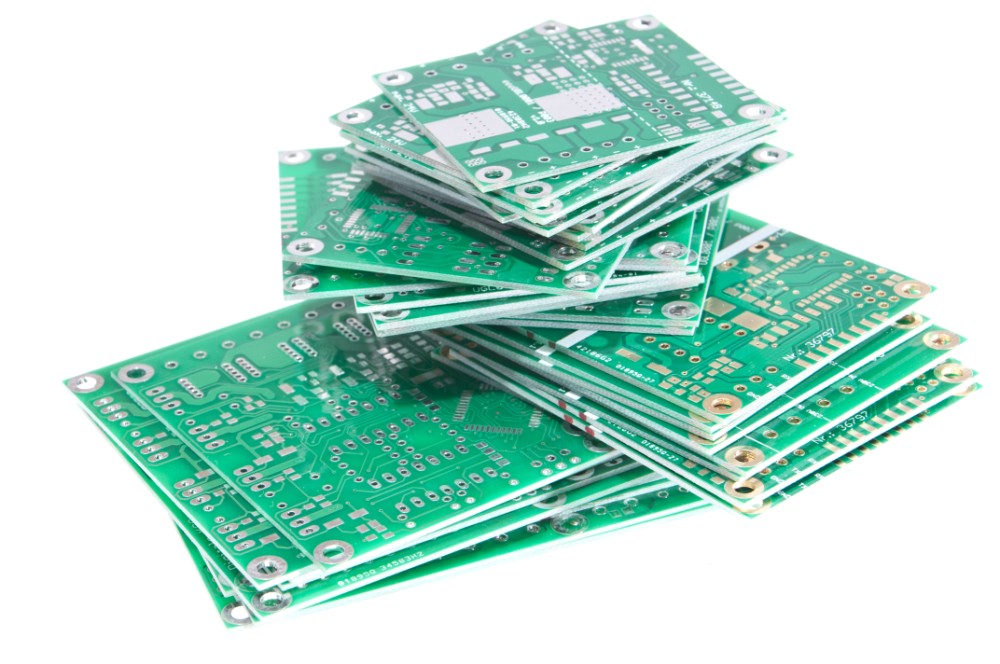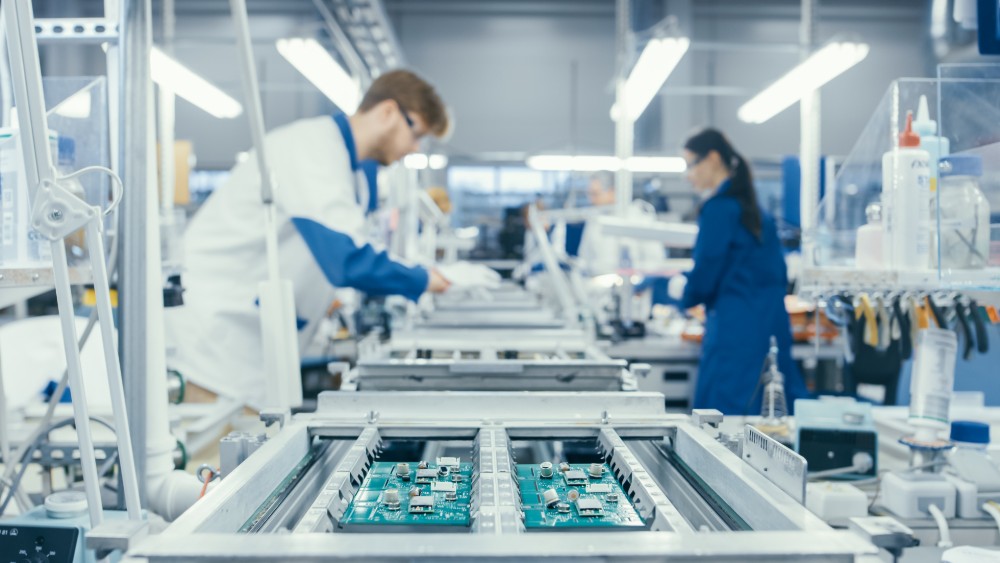PCBs are an integral part of electronic devices. When it comes to getting PCBs manufactured, one of the considerations that most people look at will be the cost. There are several factors that could impact the cost of PCBs and help you save money.
Considerations Before Manufacturing PCBs
Before you begin the PCB manufacturing process, you have three factors to consider. The cost of the PCB increases or decreases based on the material that is used for the board. There are three different materials that are used: glass-reinforced epoxy laminate, Teflon, and metal. The materials have varying price points, with the glass-reinforced epoxy being the least expensive. Some materials, like gold or silver, will raise the price of your PCB manufacturing costs.
The size of the board will also affect the cost. A large board with a few components might be less expensive than a small board covered with components. The density of the components and the size will affect the price. Then, if the board has several layers, the cost increases even more.
What Determines the PCB Manufacturing Cost?
The cost of manufacturing a PCB is dependent on the materials selected for it. Some PCBs are made of expensive metals like gold, nickel, lead, and copper. These boards are significantly more expensive than boards made of epoxy. However, the metal boards do have a longer lifespan than those made of fireproof epoxy.
Another expense that you can control is the dimensions of the board. The larger the board, the more expensive the cost. The same is true for PCBs that have several layers. If a board has several layers, you will pay more for manufacturing it.
Quality also affects the cost of the PCB. When a board needs extra time, special soldering, or other time-consuming processes, the cost increases. The same is true with the quantity that you need. Depending on the number you need and the processes the board requires, you will pay more for them when compared to less complicated boards. The time it takes to process those boards will add or subtract from the cost.
Finally, the components, holes, sizes, and spacing will affect the price of the board. If your PCB needs several holes drilled in various sizes, you will pay more than one with few holes. The small traces cost more because they require more complicated work from manufacturers. The manufacturers will need to look into all of the necessities for your board as they put together a quote.
How Can You Save on PCB Manufacturing?
Fortunately, there are ways to get a high-quality PCB without having to spend more than you have budgeted.
Use High-quality Materials for the PCBs
Use the material that will make your PCB function at its fullest capacity. If you choose a low-grade material just because it costs less, your PCB could have problems, including massive failure. In the long run, you will spend more repairing and recalling products with a PCB that does not work.
Keep the Shape of Your PCB at a Minimum
Another way to reduce your cost is to use a small board, but don’t make it too small. A board that is small enough to fit into a mobile phone or smart virtual assistant will cost more because the pieces require special tools and skills. But, a big board will also cost more because of the number of materials you need to make it.
Use a Standard Board Shape for Your PCB
When a PCB has a standard shape, your costs should decrease. If you want to stay within a limited budget, you should look into getting a board that is simple. The more complicated shapes and designs you need, the more you will have to spend.
It is also a good idea to save space on the board. Be sure it does not have limited space so it needs several runs to put it together. Instead, choose a rectangle or square so you need limited runs. Complicated shapes, especially irregular ones, are expensive. Your simple board can have more on it, but at a lower cost than a customized shape.
 Use Standard Requirements, Sizes, and Components
Use Standard Requirements, Sizes, and Components
If you want to save money, the next step should be to use standard requirements and components. When you turn to specialized components, sizes, and requirements, the cost increases quite a bit. You may have to limit the requirements to meet your budget or go with standard ones to get more bang for your buck.
Avoid Adding Extra Layers on Your PCB
Another money-saving choice is the number of layers you add to your PCB. Limit the number of layers you need so you can save money. You might choose a larger board to accommodate your necessary space, as layers can cost more than a larger board.
Allow Longer Lead Times to Your Manufacturer
Another key to lowering prices is to give your manufacturer plenty of time to make the boards. Manufacturers who need to quickly order parts and components will tack expedited shipping costs onto your quote. If you give them time, they can look for ways to save money on acquiring parts.
Having a longer lead time gives your manufacturer the opportunity to pay for labor at the lowest cost. They will not have to pay for overtime to get the job done quickly. Speedy turnarounds are expensive, especially if you aren’t working with a turnkey manufacturer.
PCBs are necessities inside of every electronic device. The cost to manufacture them can become expensive, especially if you need them quickly and in non-standard sizes. To reduce your costs, choose a standard board made of high-quality material. Then, take time to reduce the costs of the components and increase the time for the manufacturer to make them. It is possible to remain within a budget, and still get a top-notch PCB that is built to last.
